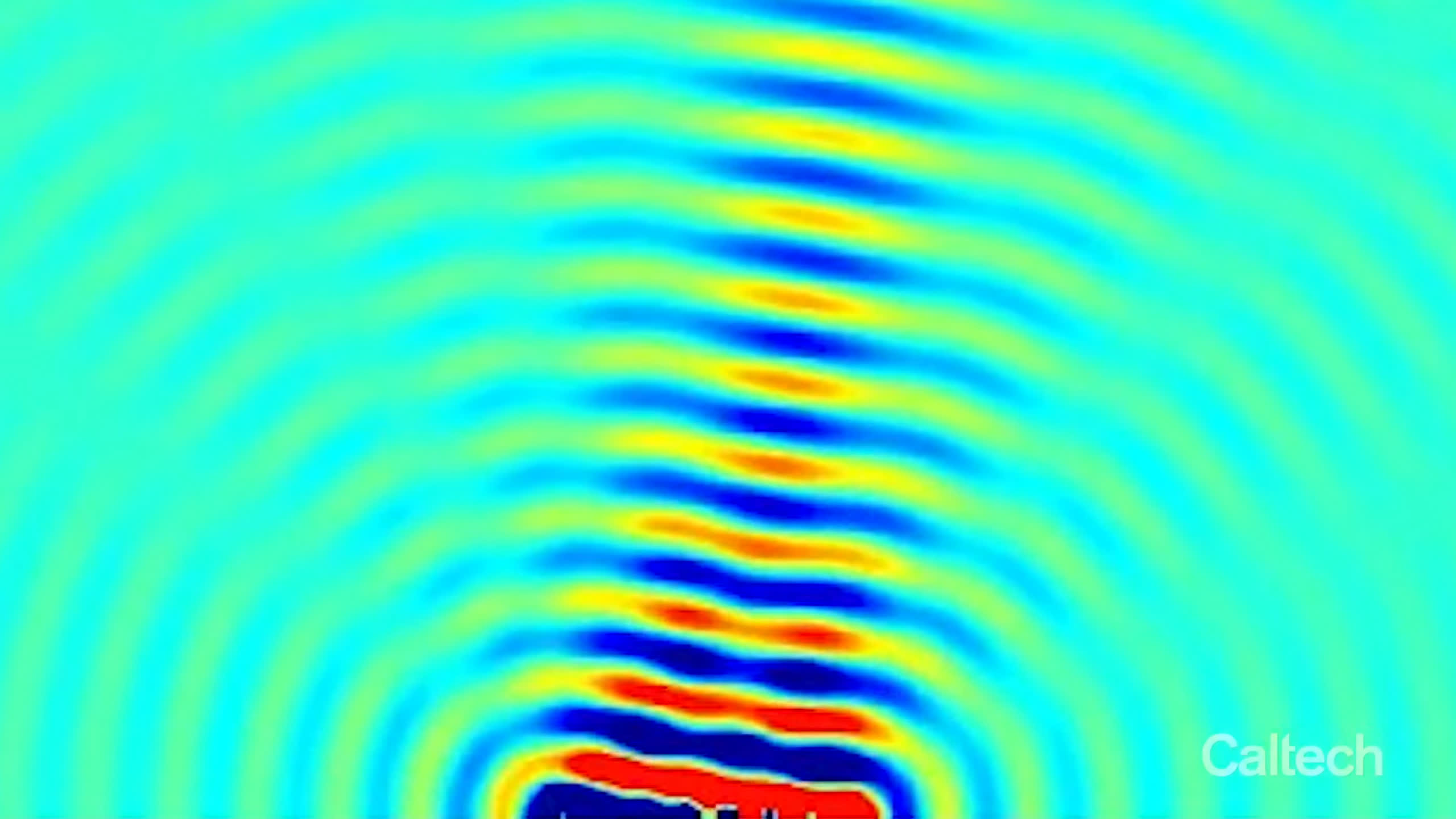What just happened? The global race to beam solar energy from space directly to Earth is raging on, and Caltech scientists have seemingly scored the first goal. The SSPD-1 has successfully harvested solar power in space, wirelessly transmitting it at close distance and then "lighting" a sensor on the Earth's surface.
The ability to harvest solar energy in space is one of the most sought goals for solving the many energy problems we have here on Earth. An orbiting satellite fleet could theoretically provide an endless source of clean, electromagnetic energy, but the technology is still in its prototype stage even for the most advanced ventures like Caltech's Space Solar Power Project (SSPP).
Now, scientists at the California research institute claim they have been able to wirelessly transmit solar power in space. The Caltech SSPP team tested the Space Solar Power Demonstrator (SSPD-1) prototype that was launched into orbit in January, and they were able to successfully demonstrate the MAPLE experiment for energy harvesting and transmission.
MAPLE, which is short for Microwave Array for Power-transfer Low-orbit Experiment, is one of the three key experiments aboard the SSPD-1 prototype. The device is provided with an array of flexible lightweight microwave power transmitters, driven by custom-built microchips based on low-cost silicon technologies. The array can beam and direct energy to desired locations, Caltech said, while the flexible design was adopted to minimize the amount of fuel needed to send the satellite into space.
MAPLE includes two separate receiver arrays installed a foot away from the transmitter, which were used to receive the collected energy, convert it into direct current (DC) electricity, and finally light up a pair of LEDs to show that the wireless energy transmission was working as intended. "No one has ever demonstrated wireless energy transfer in space even with expensive rigid structures," Caltech scientists said, and now the SSPP team is doing it with their own integrated circuits.
The last part of the MAPLE experiment is a small window through which the array can beam the energy to Earth. The Caltech researchers installed a receiver on the roof of the Gordon and Betty Moore Laboratory of Engineering on the university's campus, and they were able to detect the beam transmitted from space. The SSPP team said flexible power transmission arrays are essential if they want to achieve the vision for a constellation of sail-like solar panels that unfurl once they reach orbit.
According to SSPP co-director Ali Hajimiri, wireless energy transfer (from space) has the power to effectively democratize access to energy. No energy transmission infrastructure would be needed on the ground to receive this power, Hajimiri said, which means that a satellite fleet could "send energy to remote regions and areas devastated by war or natural disaster" – regardless of weather conditions or daylight availability.
Besides MAPLE, the SSPD-1 prototype includes two other experiments which are still waiting for their time to shine: DOLCE (Deployable on-Orbit ultraLight Composite Experiment) is a six feet by six feet structure designed to demonstrate the "architecture, packaging scheme, and deployment mechanisms" of the modular spacecraft; ALBA is a collection of 32 different types of photovoltaic cells that help determine which types of cells can best withstand the harsh conditions of outer space without losing their efficiency.
